Chimney Swifts have nested above the fireplace of our daughter’s house for a couple of years, and her family has been kind enough to not replace the chimney cap that blew off in a wind storm. Here, one of the adults descends into the chimney to feed the nestlings.
It was very difficult to get this shot, as the birds are very fast fliers. Most of my attempts yielded only blue sky, but click on the photo to see one “near miss” that illustrates the tail barbs which help the bird rest on vertical surfaces):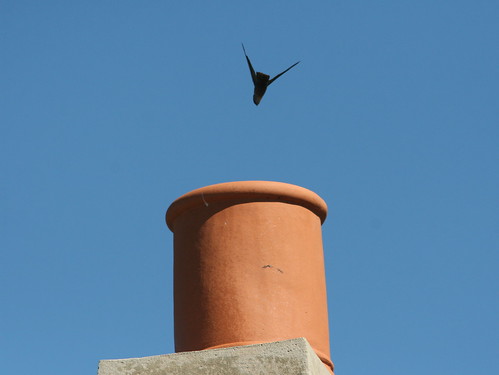
While photographing the swifts, I heard the call of a Chipping Sparrow, bringing an insect to a fledgling hidden in a small spruce tree in the next yard:
Nearby, this is our own “front yard.” It was home this spring to Red-winged Blackbirds, Horned Larks, Meadowlarks, Vesper and Savannah Sparrows, but now is populated by migrating Canada Geese and Killdeers: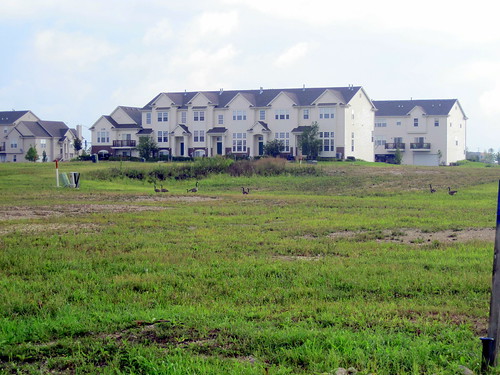
Development has been stalled due to the poor housing market, allowing the disturbed land around our North Aurora (Illinois) condo to return to grass. I’ve been carrying my little point & shoot Kodak Power Shot 1100 IS on our “power walks” along the abandoned streets. During our early morning walks we have encountered a family of Red-tailed Hawks, presumably the same ones that nested in the Mooseheart School property about a quarter of a mile from our second home. They like to roost on the street lights along the vacant roads that make up the infrastructure of a now-abandonded housing development. There appear to be three immature hawks, accompanied by one or two adults. The youngsters are very noisy. We don’t think they are asking to be fed, and they seem to be making hunting forays on their own.
This immature Red-tailed Hawk is basking in the morning sun. Click on this photo for more views:
Hoping to re-locate the color-banded Sandhill Crane (reported in this previous post), we returned to Jones Meadow Park on two different mornings the following week.
A Great Blue Heron casts its reflection in the quiet waters of the retention pond near the entrance of the park:
Just above the wetlands next to the pond, a Cooper’s Hawk perches motionless near the top of a dead Cottonwood:
In the same tree, and just below the hawk, a Green Heron, eyes it nervously:
The heron flies down into the wetlands, providing us with a better view of its crisply patterned plumage:
We failed to find the color-banded crane, but were surprised to see two spotted fawns resting in the high grass only about 15 feet from the path. They were so close that I could only fit their faces into the viewfinder of my telephoto lens. No adult deer was about, and both fawns posed nicely for their portraits before moving into the shelter of the woodlands.
Here is the smaller of the twins:
A bird does not need to be rare to be beautiful:
A fledgling American Goldfinch begs for food: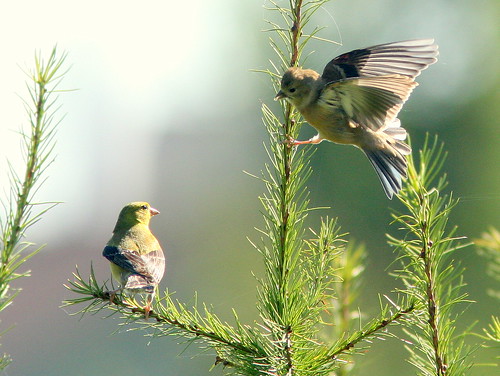
While most seed-eating birds provide their young with high-protein insects, goldfinch parents feed their offspring only seeds, in a rich “milk” that is fortified by proteins secreted by the adult bird’s crop:
Rose-breasted Grosbeaks are now getting scarce. This is a first year male:
At first glance, this bird looked like a Tennessee Warbler because of its small pointed bill and short tail, but on close examination, note absence of any trace of wing bars and yellowish sides of its breast, characteristics of a Warbling Vireo: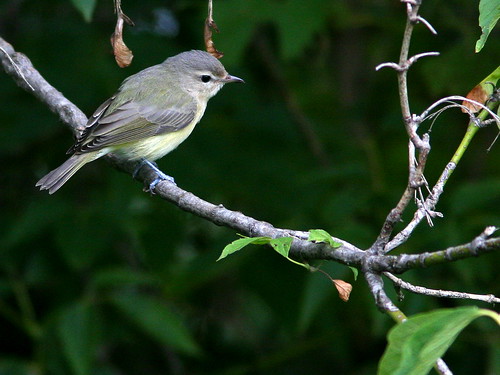
This view of the Warbling Vireo better shows the color of its undersides: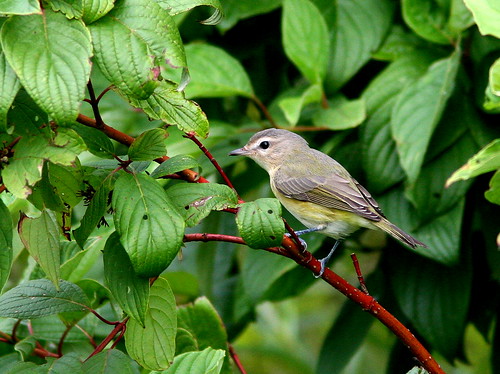
In the same thicket with the vireo is this Blue-gray Gnatcatcher:
A Belted Kingfisher struggles to swallow a large fish:
A House Wren scolds from the safety of a trail-side shrub:
A few Cedar Waxwings are wandering about in search of berries:













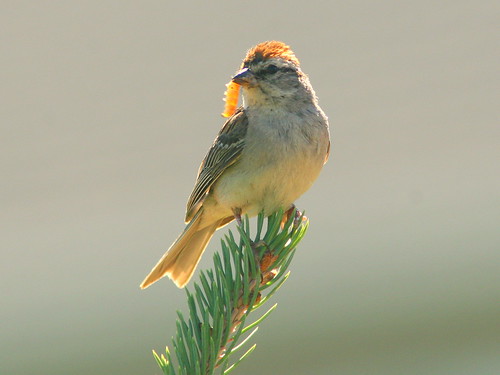
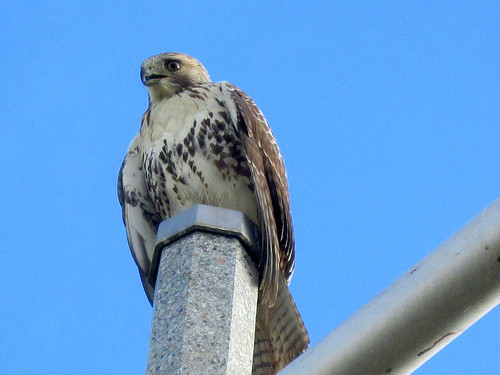
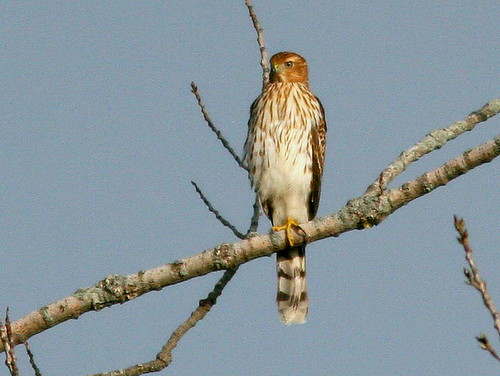
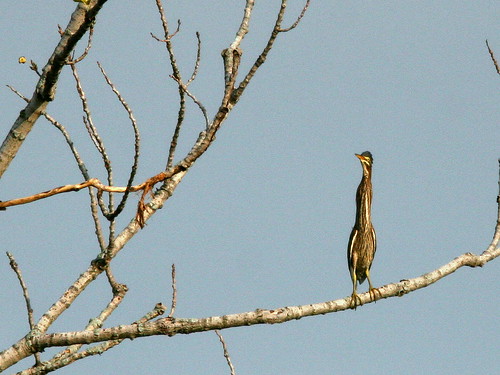

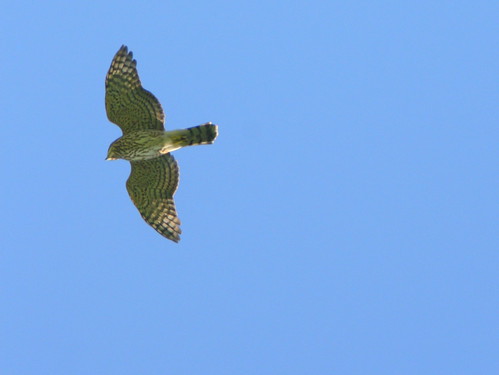


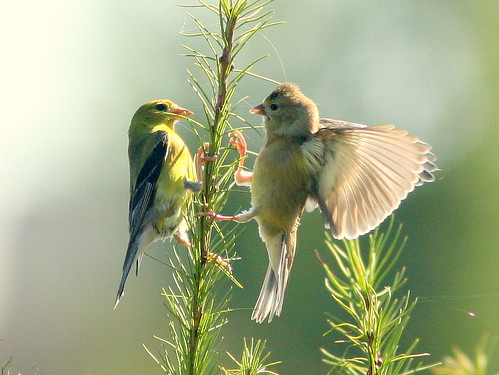
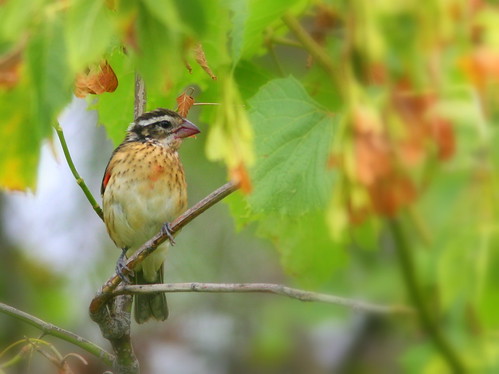
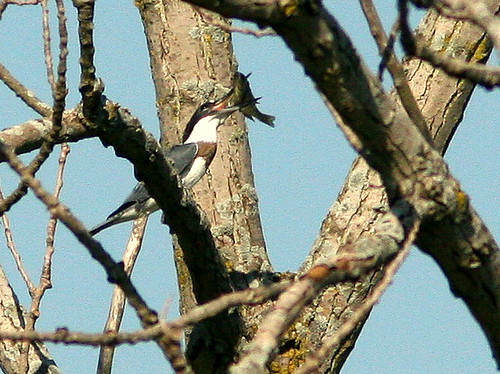
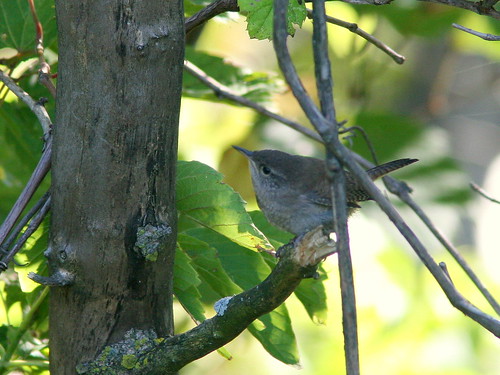
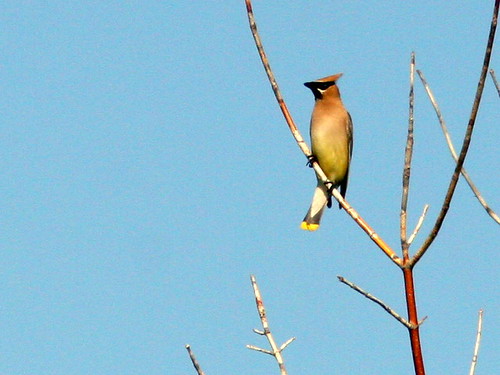
August 30th, 2010 at 5:59 pm Another wonderful story with great pictures. Thank you.